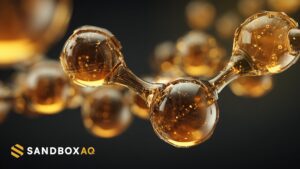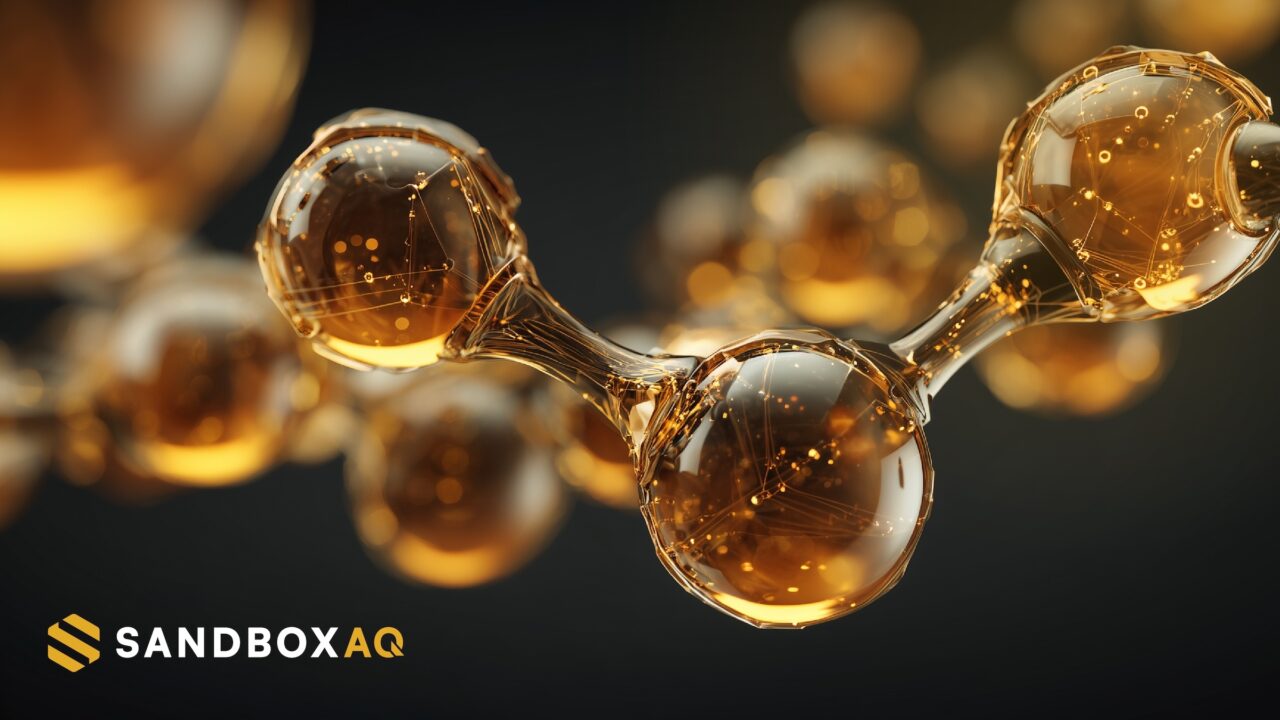October 1, 2025 | By Scott Jenkins
By leveraging the peculiar laws of quantum physics, quantum computing aims to render currently intractable scientific problems feasible. Using quantum-enhanced simulations for accelerating catalyst design is an example of an area where quantum computers could be brought to bear on industrially relevant problems. But extracting accurate and usable results from quantum computing systems is difficult — it is complicated by noise from various sources, such as electromagnetic interference, temperature fluctuations and imperfections in materials.
Now, collaborations between Alphabet spinoff SandboxAQ (Palo Alto, Calif.; www.sandboxaq.com), Dow (Midland, Mich.; www.dow.com) and quantum computing company IonQ (College Park, Md.; www.ionq.com) have yielded progress toward addressing noise issues and integrating quantum and classical computer systems in ways that allow real-world scientific computation. In two recent papers, the companies detail significant advancements in mitigating noise in quantum systems and reducing the computational burden on quantum systems to improve the usability of results. The first paper concerns the estimation of ground-state energies, a fundamental step in catalyst design.

Source: SandboxAQ
Building upon an existing method called iterative qubit-coupled cluster (iQCC), SandboxAQ introduced a novel approach that uses a specific class of quantum logic gates to prepare highly accurate initial energy states on a classical computer. The resulting circuits can be efficiently simulated, SandboxAQ says, providing a scalable and practical pathway to generate states relevant to complex chemical systems. “These states act as an effective launchpad for quantum simulations, dramatically reducing the computational burden on quantum hardware,” says Arman Zaribafiyan, head of strategic alliances at SandboxAQ.
Using this method, and in collaboration with Dow computational chemists, SandboxAQ approximated the lowest energy state of a complex organo-titanium catalyst using a quantum computing model capable of massively large calculations. “Modeling this catalyst compound is a major demonstration for how quantum and classical methods can work in tandem toward solving the next-generation of real-world problems,” Zaribafiyan remarked.
The second paper concerns extracting information from quantum states that have typically been disregarded. The SandboxAQ team developed an offline purification method to recover quantum states that were previously considered unreliable, so that they could be used in high-accuracy calculations. They demonstrated the technique on IonQ’s ion-trap quantum computer, showing a path to designing more resilient quantum circuits.
“We are on the cusp of a new era of computer-aided materials design. We can now strategically structure quantum operations to minimize noise accumulation, enabling more robust computations. We can also extract valuable data from low-fidelity quantum states that are typically discarded. This opens the door to creating entire libraries of catalytic simulation data from just a handful of well-optimized quantum experiments,” Zaribafiyan said.

